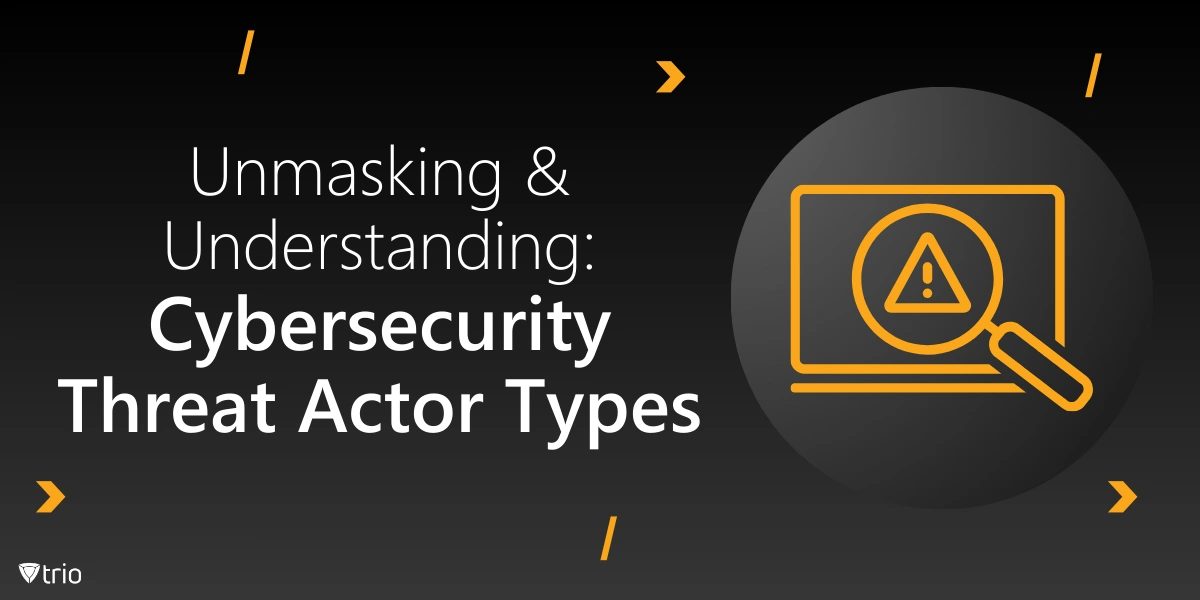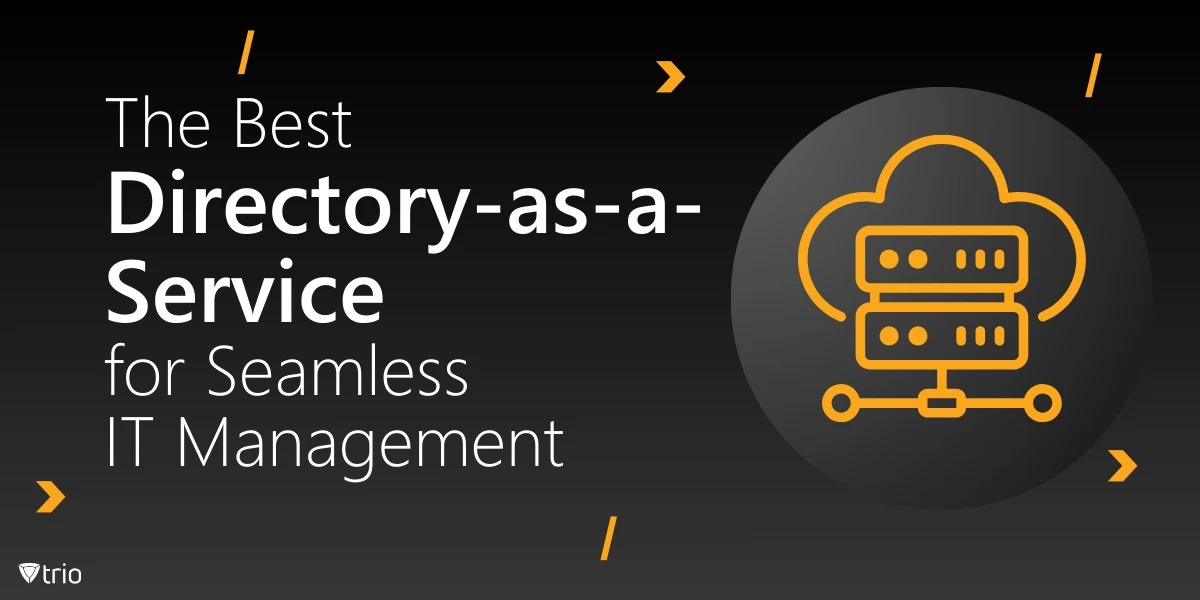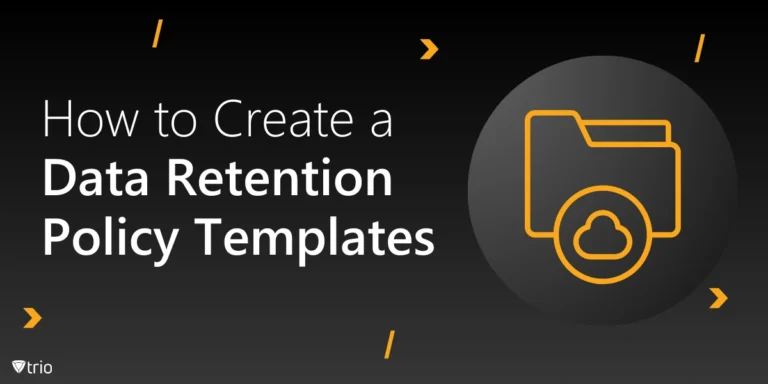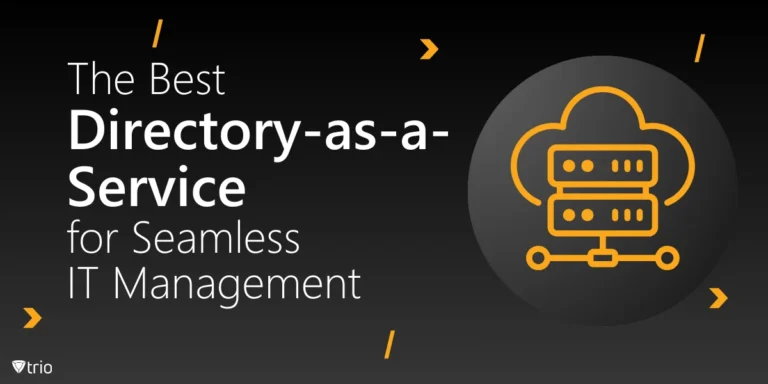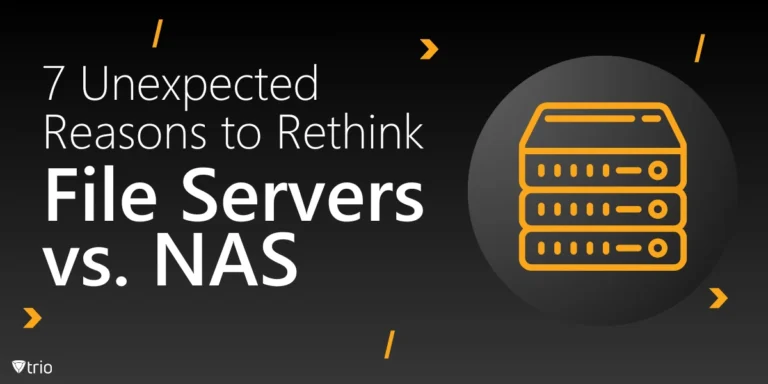In the current digital landscape, protecting sensitive data is more important than ever. Threat actor types in cybersecurity are at the forefront of malicious activities, leveraging sophisticated techniques to exploit vulnerabilities, steal data, and disrupt operations. Understanding these cyber adversaries, their motives, and their methods is critical for building strong defenses.
This blog post delves into the 5 types of threat actors, providing detailed examples and shedding light on how they operate. We’ll also discuss how tools like vulnerability management and IT risk management play a role in countering these cyber threats. By the end, you’ll also discover how Trio’s simplified MDM solution can help mitigate these risks effectively.
Threat Actor Cybersecurity Definition and Synonyms
In cybersecurity, a “threat actor” refers to any individual or group engaging in malicious intent to exploit vulnerabilities. Synonyms include malicious actors, cyber adversaries, and cyber attackers.
Understanding the definition of a threat actor is crucial because it encapsulates the wide variety of motives and methods these entities employ. From phishing emails to DDoS attacks, their tactics evolve to stay ahead of conventional defenses.
What Are the 5 Types of Threat Actors?
Cyber threat actors are diverse, and their motives range from financial gain to political objectives. Let’s explore the five primary threat actor types in cybersecurity:
1. Script Kiddies
Script kiddies are amateur hackers who use pre-written scripts to exploit vulnerabilities. Although they lack advanced skills, their malicious activities, such as launching DDoS attacks, can still cause significant disruption. For businesses, DDoS attack prevention strategies, including firewalls and traffic filtering, are essential to counter these low-skill threats.
2. Hacktivists
Hacktivists are individuals or groups driven by ideological or political motivations. They aim to disrupt systems, leak sensitive data, or deface websites to further their causes. Their actions highlight the importance of IT risk management, which helps organizations identify and mitigate threats before they can cause reputational or operational harm.
3. Cybercriminals
Focused on financial gain, cybercriminals employ methods such as ransomware attacks, spear phishing, and smishing attacks. The latter, a rising trend, involves sending deceptive text messages to steal data or compromise systems. Businesses should implement multi-factor authentication to protect against these phishing schemes and prevent unauthorized access.
4. Insider Threats
Insider threats originate within an organization. Employees or contractors with malicious intent may misuse their access to steal sensitive data. Regular audits and tools like vulnerability management can help organizations identify and mitigate insider risks effectively.
5. Nation-State Actors
Nation-state actors are highly skilled and well-funded entities often targeting government agencies or corporations to steal intellectual property or disrupt critical infrastructure. They employ Advanced Persistent Threats (APTs), which require advanced defenses, such as endpoint monitoring and encryption, to counter.

Common Threat Actor Examples in Cybersecurity
Real-world incidents provide insight into the impact of cyber threat actors.
1. United Nations Development Programme (UNDP) Ransomware Attack
In March 2024, the 8Base ransomware gang targeted the United Nations Development Programme (UNDP), stealing sensitive data, including personal records, contracts, and procurement information. 8Base is notorious for using a variant of the Phobos ransomware and has been linked to numerous data extortion cases, often targeting large organizations. This attack highlights cybercrime groups as the primary threat actor, motivated by financial gain through data extortion. These malicious actors are known for exploiting vulnerabilities in organizational systems to steal and leverage sensitive data for ransom demands.
2.ThyssenKrupp Cyber Attack
German steel manufacturer ThyssenKrupp experienced a cyber intrusion in February 2024, targeting its Automotive Body Solutions division. The attack led to an operational shutdown of IT systems to prevent further damage. While the exact intent remains unclear, it could involve industrial espionage, data theft, or disruption. The attackers are likely nation-state-sponsored groups or advanced persistent threats (APTs), which frequently target critical infrastructure and high-value industries to steal intellectual property or cause disruption for strategic purposes. ThyssenKrupp has been a repeated victim of similar cyberattacks over the years, indicating an ongoing interest from sophisticated malicious actors.
These examples demonstrate the necessity of proactive security measures to mitigate the risks posed by malicious actors.
Motives Driving Threat Actor Types in Cybersecurity
Understanding the motives behind cyber threat actors is essential for developing effective defenses.
- Financial Gain: Cybercriminals often deploy ransomware attacks or engage in smishing attacks to extract sensitive data or demand ransoms.
- Ideological Beliefs: Hacktivists leverage their skills to challenge government agencies or corporations, often using tactics such as defacement or data leaks.
- Espionage and Geopolitical Advantage: Nation-state actors target intellectual property, sensitive data, or critical infrastructure to gain a strategic edge.
These diverse motives influence their methods, requiring tailored security responses to counter their malicious intent.
Popular Tactics Used by Cyber Threat Actors
Cyber threat actors employ a wide range of tactics to achieve their objectives.
- Phishing and Smishing Attacks: While phishing emails target users through email, smishing attacks focus on deceptive text messages. Both tactics aim to trick recipients into sharing sensitive information.
- DDoS Attacks: These flood networks with traffic, rendering systems inoperable. Organizations must implement DDoS attack prevention measures, such as load balancing and traffic filtering.
- Advanced Persistent Threats (APTs): These stealthy, prolonged attacks are designed to infiltrate systems and steal data without detection.
Recognizing these tactics allows organizations to build layered defenses that address specific vulnerabilities.

Security Measures to Combat Malicious Actors
To defend against malicious actors, organizations must adopt an all-inclusive approach to cybersecurity.
- Vulnerability Management: Regular scans and updates can help organizations identify and address weaknesses before they are exploited.
- Types of Multi-Factor Authentication: Adding layers of security, such as biometrics or One Time Passwords (OTPs), makes it harder for threat actors to gain unauthorized access.
- Incident Response Planning: Ensures a quick and efficient reaction to breaches, limiting damage and recovery time.
These measures, combined with employee training, significantly reduce the risk of falling victim to malicious actors.
How Trio’s MDM Can Help Combat Threat Actor Types
Managing IT infrastructure in a world full of evolving cyber threats is challenging. Trio, a simplified MDM solution, provides the tools organizations need to mitigate risks effectively.
- Vulnerability Management: Trio helps IT teams identify and patch vulnerabilities across all devices, reducing entry points for attackers.
- IT Risk Management: With real-time monitoring and policy enforcement, Trio enables proactive measures to combat threats like phishing and smishing attacks.
- Enhanced Authentication Options: Trio supports implementing types of multi-factor authentication, ensuring secure access to corporate data.
By securing endpoints and enforcing best practices, Trio equips businesses with the defenses they need to tackle the most advanced threat actors.
Want to see Trio in action? Schedule a free demo today and discover how it can secure your organization.
Conclusion
Threat actor types in cybersecurity are as varied as their motives and methods. From script kiddies launching DDoS attacks to nation-state actors conducting espionage, the range of cyber adversaries is vast. Understanding their tactics and implementing robust measures, such as multi-factor authentication and vulnerability management, can fortify your defenses.
With tools like Trio, organizations can simplify their IT security, countering even the most sophisticated threats. Take control of your IT environment today and stay one step ahead of cyber adversaries.
